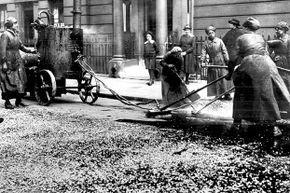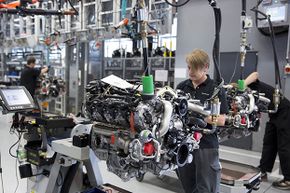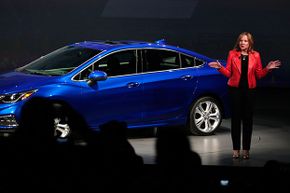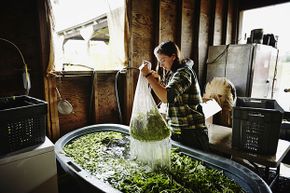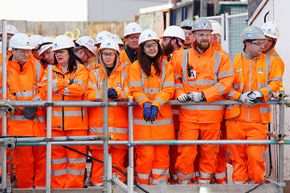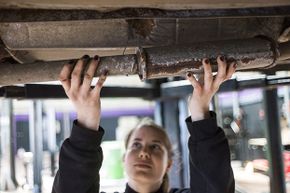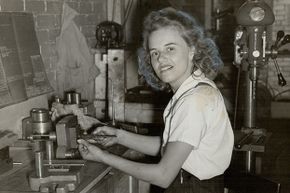Many fields that were once all-male now have healthy numbers of women. In 1970, just 9.7 percent of American physicians were women. In 2015, the figure was 37 percent. Likewise, less than 5 percent of lawyers in 1970 were women and the 2015 percentage is 35 [source: Strasser, BLS]. It's not unusual to see a female accountant, manager or scientist anymore.
But even in 2016, there are lots of jobs in the U.S. where women are almost nonexistent. Some involve manual labor (stonemason, drywaller). Others were historically deemed dangerous (logger, miner, roofer). In these types of jobs, women make up only 0.1 to 5.4 percent of the workforce [source: United States Department of Labor]. And then there are others which at first glance seem to be an all-boys club for no apparent reason (We'll look at some of those in our article).
Advertisement
To be fair, many male-dominated occupations are beginning to reach out to women. Still, who knows how long it will be before you won't give a second thought to seeing a woman pounding nails on a roof, or walking along a steel beam?
Let's look at 10 occupations where the glass ceiling has barely (or not even) been cracked. The ones we talk about on our list have female jobholder rates of less than 10 percent. Some of them may surprise you.
